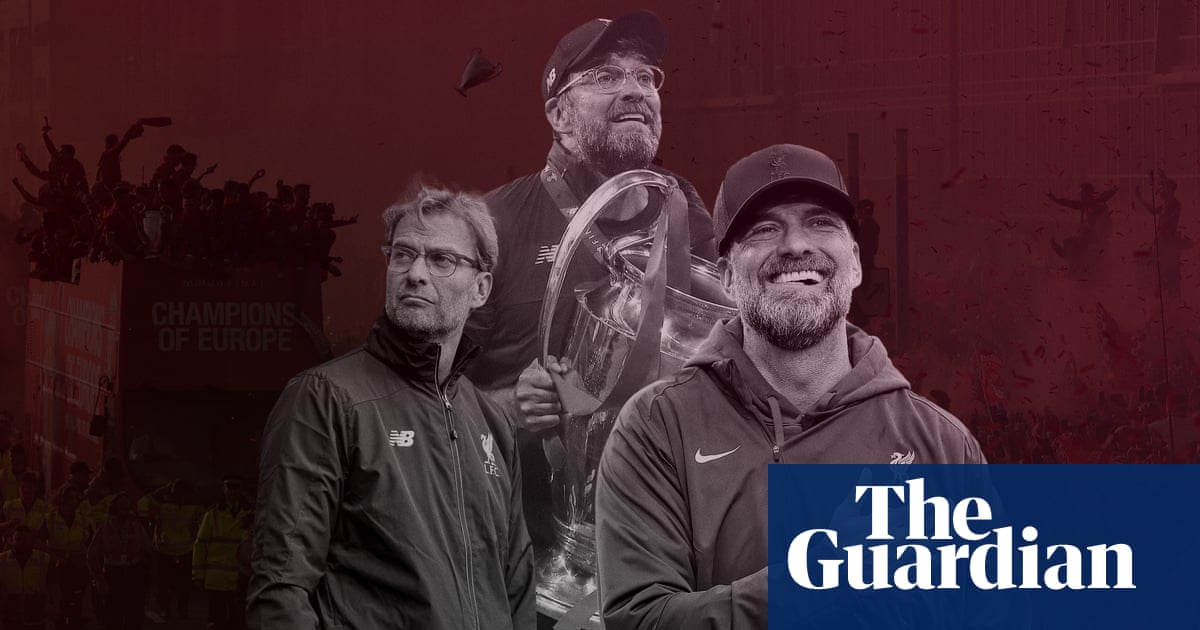
Space on London’s busiest roads could be taken from cars and given to pedestrians and cyclists during the coronavirus lockdown in order to improve street safety and allow people to remain active while maintaining their distance.
Transport for London (TfL) is looking at red routes in the capital, the major roads that it controls directly, to see where pavements could be enlarged temporarily during the crisis.
Vehicle traffic nationwide has dropped significantly but in some areas pedestrians are being forced into roads by narrow pavements to observe the 2-metre physical distancing rule.
Traffic-light timings will also be adjusted to make it quicker and easier for pedestrians and cyclists crossing major roads, although any changes will be balanced against the need for critical road traffic to travel freely. Some traffic-light junctions still require pedestrians to press buttons to cross, risking contagion.
TfL has also pledged to work with boroughs and the mayor’s office to find ways to curb traffic on roads it does not control, primarily residential streets.
Campaigners have stepped up calls for UK councils to adopt measures taken in other countries including New Zealand and Colombia, such as temporary pavements and cycling and jogging lanes, to reflect changed road usage patterns during the pandemic.
London’s walking and cycling commissioner, Will Norman, said there were active conversations with cities around the world. He said: “We are looking at the busiest parts of our road network to see where we can give people walking more space.
“TfL and City Hall will work with London boroughs who are looking to reduce traffic on residential streets as long as this does not hinder the emergency services or other essential journeys.”
In Manchester, residents of the city’s Northern Quarter have segregated at least one street using cones to allow bikes and pedestrians more space.
Chris Boardman, the Greater Manchester cycling and walking commissioner, said: “Creating safe space for people to make essential journeys without a car or take exercise is essential if we are to be able to sustain isolation, so seeing streets cordoned off is really important. It’s particularly heartening to see these measures being implemented by the people who live there, telling us this is how they want their street to be.”
Some councils, including Hackney in London, and Brighton & Hove, are also considering moves. Hackney councillors will vote on a list of potential “filtered” streets – that would only allow access or emergency vehicles – as early as next week.
Brighton’s environment, transport and sustainability committee has commissioned feasibility studies on reallocating space from cars to pedestrians, although councillors warned it may not prove legally or practically possible.
Stephen Edwards, the policy director of Living Streets, a charity that promotes active travel, said Covid-19 had underlined the lack of space given to pedestrians compared with the car. He said: “Banning cars from certain roads can help thin out overcrowded pavements and make our daily exercise easier and safer.
“We also need lower speed limits to accommodate the fact that more people are being forced off the safety of the footpath and into the carriageway.”
Traffic dropped to its lowest level yet on Easter Sunday, according to the AA motoring organisation, with just 20% of the usual number of vehicles on the road. However, police and city authorities around the country have reported an increase in speeding among those continuing to drive.












